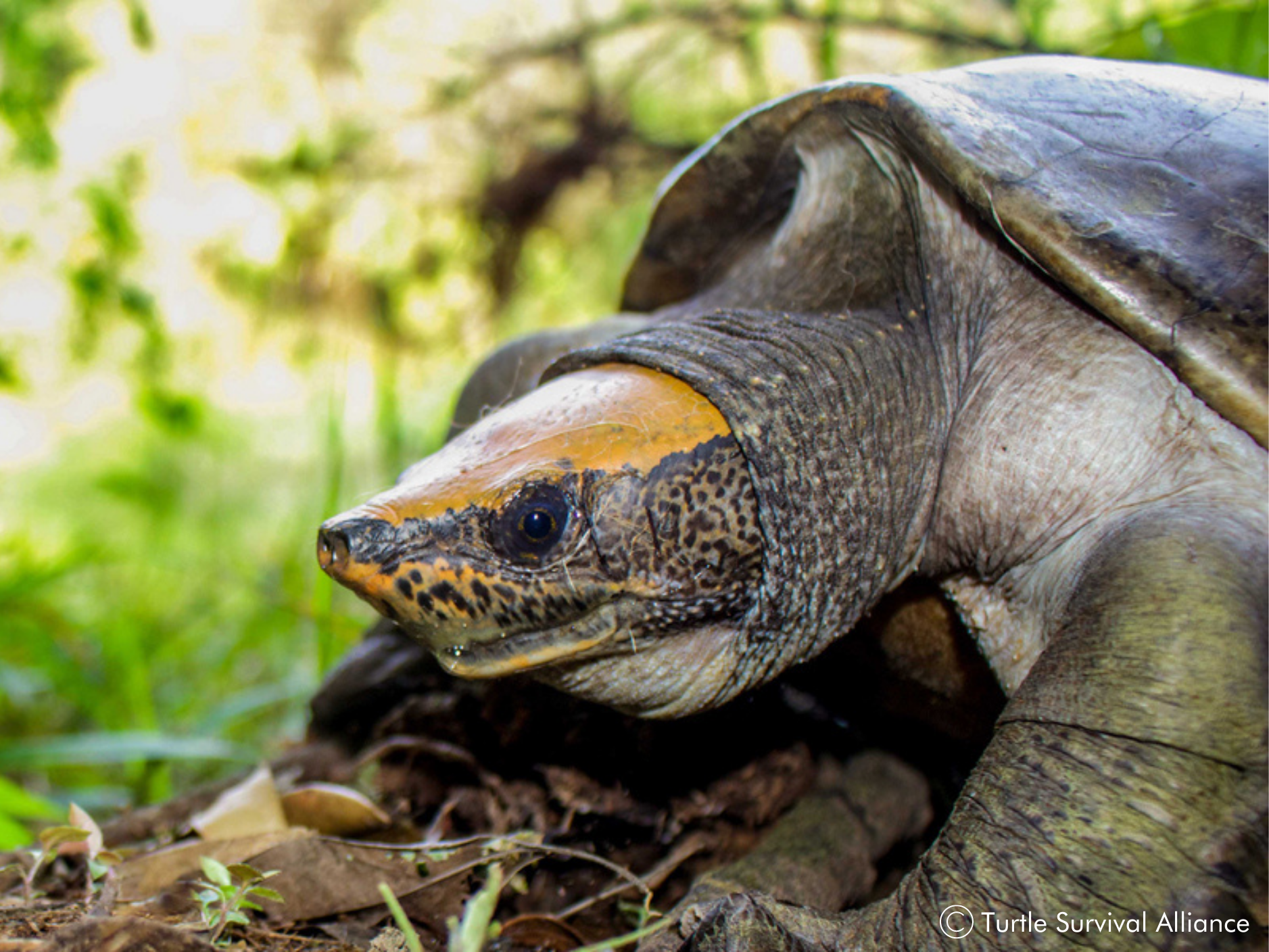The Central American river turtle (Dermatemys mawii), also known locally in Belize as the hicatee, is the only living species in its family.
Its closest relatives are only known from fossils. This fascinating river turtle has separated from all other living turtles about 80 million years ago. This species sits alone on the tip of a branch of the tree of life that dates back to the time of the dinosaurs.

Today, the entire lineage of Central American river turtles is restricted to parts of Belize, southern Mexico, and Guatemala.
It is a very aquatic species and feeds only on plant matter. It is also listed as Critically Endangered by the IUCN Red List due to its dramatic and continuous decline and in some parts of its range, it is legally protected.
Captive breeding efforts are underway, and the implementation of effective in situ conservation measures, in particular the prohibition of illegal hunting and community involvement, is critical to their survival.
WCS work involve population survey and monitoring in Cox Lagoon (Maya Forest Corridor), education and awareness within the MFC and nationally.